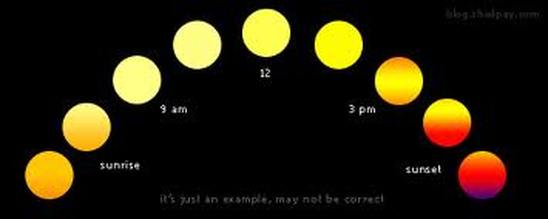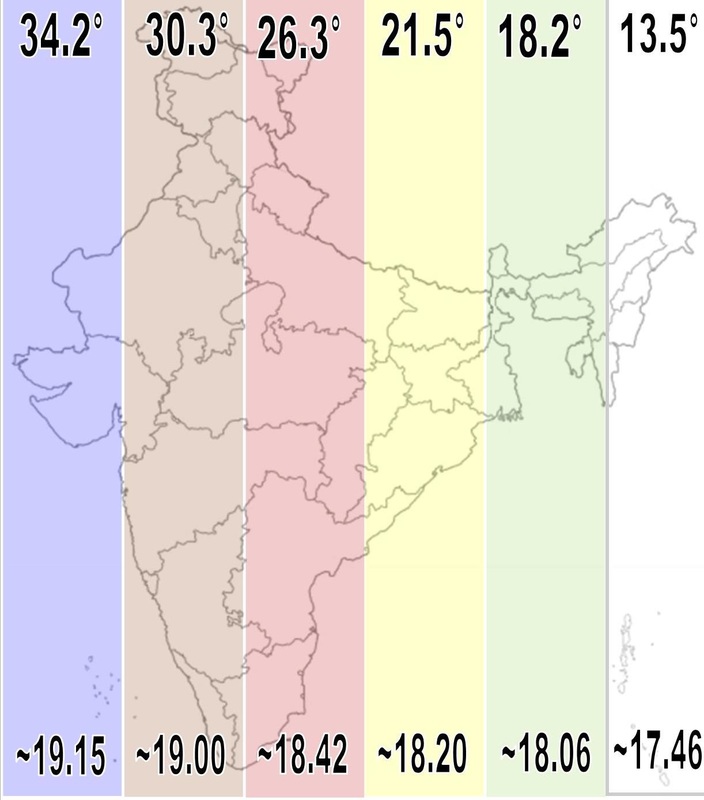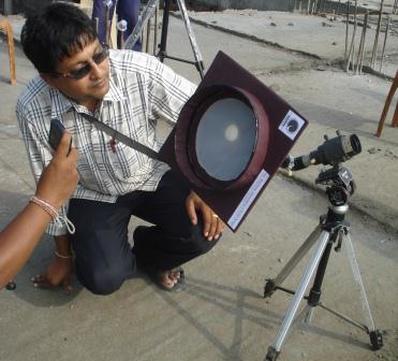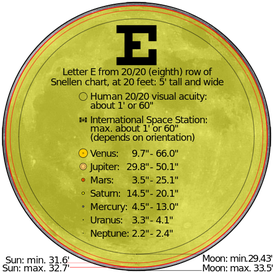Things to know before you start is what it mean by "Altitude of Sun in sky?"
The solar elevation angle is the altitude of the sun, the angle between the horizon and the centre of the sun's disc.
In simple words it is the position of Sun in height wise in the sky. For example when Sun is rising it is in 0° and as hour pasts it increases its altitude and gain the highest altitude of 90° at the noon time. After that Sun started decreasing it's altitude to 0°, that is the sun going bellow horizon.
The solar elevation angle is the altitude of the sun, the angle between the horizon and the centre of the sun's disc.
In simple words it is the position of Sun in height wise in the sky. For example when Sun is rising it is in 0° and as hour pasts it increases its altitude and gain the highest altitude of 90° at the noon time. After that Sun started decreasing it's altitude to 0°, that is the sun going bellow horizon.
Starting time of this transit is 11:12 UTC that means 16:42 IST or 4:42 pm on the 9th of may. Clearly by the timing given we can see it is the time when Sun started going down bellow horizon. So as a rule of nature the Eastern part of country like Assam, West Bengal, Odisha, East part of Tamilnadu and Andhra Pradesh will have Sun in low horizon making it hard to observe. Where as the states like J&K, Delhi, Himachal Pradesh , UP, MP, Telengana, Karnataka will be in much better condition than eastern states. But the good news come for the Western Indian state or the states adjacent to west coast of India, Because Sun will be in much better altitude than the rest of India.
So it's better if you are in western part of India. Now Chose a high roof top or a area where the west horizon is completely clear. It is better if you move out from city area because the SPM Level in the low horizon sky in the city area are much higher. And because the Mercury will appear a tiny dot (.) in the sun disk so you may not resolve Mercury in that condition.
Now that you are completely positioned lest's enjoy the show with a protective eye gear. DO NOT EVER LOOK AT THE SUN WITHOUT ANY PROTECTIVE GALSS / FILETR .
Point to note.
*This picture intend for India only Timings are given in IST the upper figures indicating the Sun's altitude at starting of transit (16:42 IST) & the lower figure indicating the sun set time for that region.
**To get exact timing of your place click here.
So it's better if you are in western part of India. Now Chose a high roof top or a area where the west horizon is completely clear. It is better if you move out from city area because the SPM Level in the low horizon sky in the city area are much higher. And because the Mercury will appear a tiny dot (.) in the sun disk so you may not resolve Mercury in that condition.
Now that you are completely positioned lest's enjoy the show with a protective eye gear. DO NOT EVER LOOK AT THE SUN WITHOUT ANY PROTECTIVE GALSS / FILETR .
Point to note.
- For any place in India the transit will begun on exactly 16:42 IST that is 4:42 pm on May 9th.
- The altitude of sun will defer from place to place east to west wise. (North to South wise is negligible in this case)
*This picture intend for India only Timings are given in IST the upper figures indicating the Sun's altitude at starting of transit (16:42 IST) & the lower figure indicating the sun set time for that region.
**To get exact timing of your place click here.





 RSS Feed
RSS Feed
